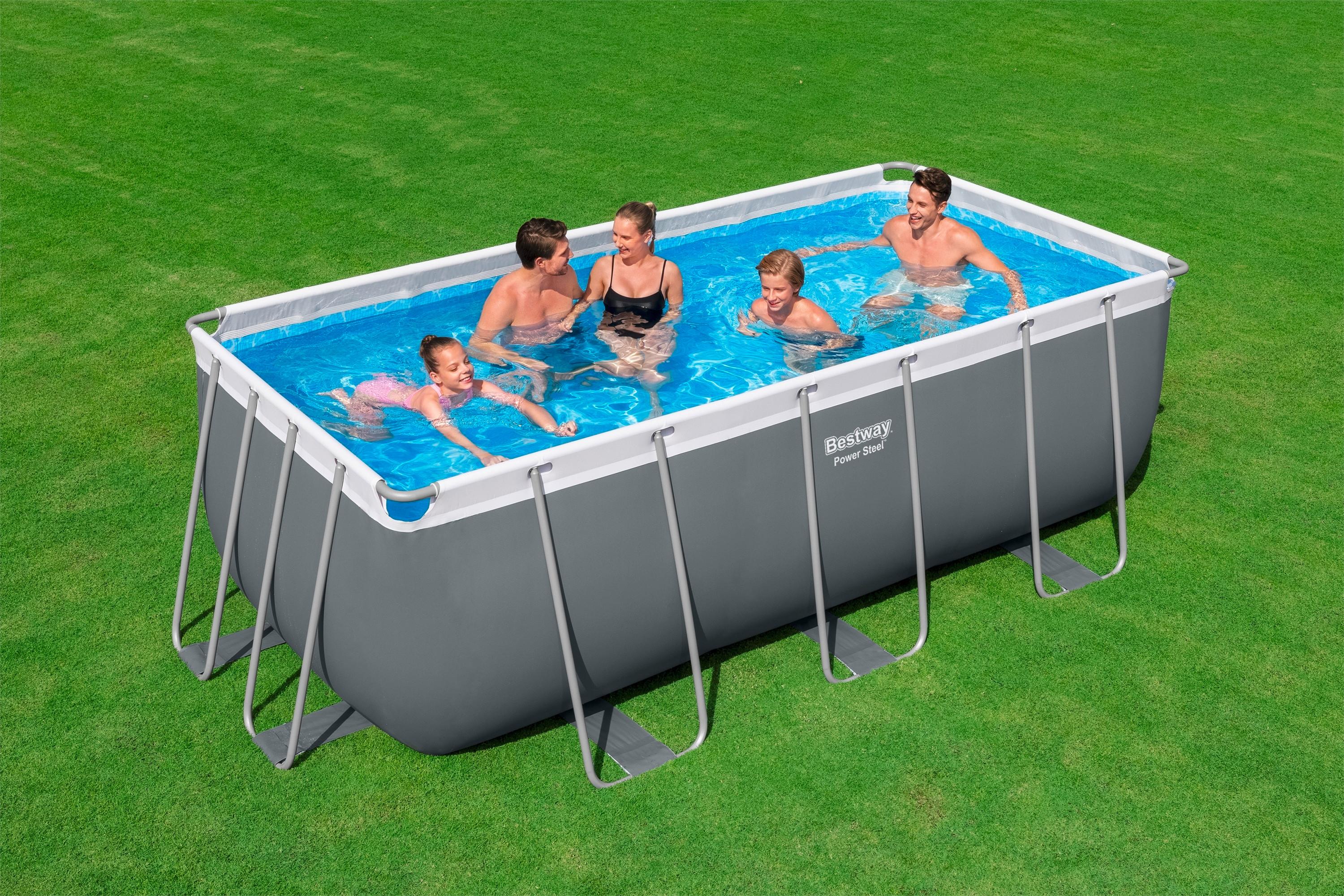Sparkling Pool Cleaning: Advanced Techniques
페이지 정보

본문

A pristine pool demands more than a weekly rinse and a quick brush. With today’s technology and chemistry, you can achieve showroom‑quality water with less effort and fewer chemicals. The following step‑by‑step guide outlines the most effective advanced cleaning methods that keep your pool crystal clear, safe, and inviting.
1. Automated Skimming & Filtration
• Set up a high‑capacity electric skimmer that automatically pulls surface debris and airborne particles into the filtration system.
• Match the skimmer with a high‑flow, multi‑stage filtration system: start with a fine sand filter, then an activated carbon cartridge that removes chlorine off‑taste and organic compounds, and finish with a diatomaceous earth (DE) filter for ultimate micron‑level clarity.
• Operate the skimmer during peak wind hours; this stops leaves and dust from sinking to the bottom where removal is more challenging.
2. UV and Ozone Power
• UV sterilizers treat the water as it passes through a chamber of ultraviolet light, killing bacteria, algae spores, and viruses without adding chemicals.
• Ozone generators inject ozone gas directly into the pool zum aufstellen winterfest; ozone oxidises quickly, breaking down organic waste and neutralising chlorine demand.
• Employ UV and ozone together for a synergistic effect: UV manages microorganisms, while ozone tackles turbidity and organic load.
• Ensure UV lamps remain clean and replace them every 12–18 months to preserve maximum output.
3. SMART WATER QUALITY MONITORING
• Deploy a real‑time sensor network that tracks pH, total dissolved solids, free chlorine, and ORP (oxidation‑reduction potential).
• Utilise a smart controller that automatically adjusts chemical feed (chlorine tablets, pH increasers, or reducers) according to sensor data.
• Configure smartphone alerts for any parameter that deviates from the optimal range (pH 7.2‑7.6, free chlorine 1.0‑3.0 ppm, ORP > 650 mV).
4. Enzyme‑Based Biofilm Reduction
• Apply a high‑concentration, enzyme‑based cleaner that targets biofilms—tiny mats of bacteria that cling to the surface and walls of the pool.
• Enzymes digest the organic matrix, freeing trapped debris and allowing the filtration system to capture it more efficiently.
• Apply once a month as part of the routine maintenance cycle, especially after a heavy rain or following a long period of inactivity.
5. Deep Cleaning of Filling and Outlet Seals
• Apply a specialized brush and a low‑pH cleaning solution to scrub rubber seals around skimmers, return jets, and water level sensors.
• Seal any cracked or worn seals with a silicone‑based sealant designed for pool use.
• Sealing keeps back‑flow and contamination at bay, keeping the water clearer longer.
6. Heat Exchangers for Efficiency
• Deploy a condensing heat exchanger that recovers exhaust air heat and uses it to warm incoming fill water.
• Keeping temperature stable reduces the rate of organic material breakdown, thereby easing the filtration system’s load.
• Energy savings also mean you can run the filtration system longer without penalty.
7. REGULAR SHOCK AND ALGAE CONTROL
• Shock the pool weekly using calcium‑hypochlorite or potassium‑peroxide to control chlorine demand.
• Combine each shock with a green algaecide that eliminates algae spores before they establish.
• Wait 24–48 hours after shocking before swimmers enter to avoid irritation.
8. CUSTOMIZED WATER CHEMISTRY
• Measure water hardness, alkalinity, and calcium levels every two weeks.
• Set calcium hardness to 200‑250 ppm to prevent scaling on surfaces and equipment.
• Maintain total alkalinity at 80‑120 ppm; this stabilizes pH and protects the finish.
• Use a buffering agent (e.g., sodium bicarbonate) to fine‑tune pH without overshooting.
9. Automated Feeding Systems
• Deploy a dose‑based dosing system to add chlorine, bromine, or other sanitizers in precise quantities.
• Program the system to dose during low‑usage times to avoid peaks that can cause cloudy water.
• Track dosing with a real‑time indicator; a sudden spike triggers an automatic shutdown to prevent over‑chlorination.
10. Educating Users & Habits
• Ask swimmers to shower before entering, which cuts oils, lotions, and sweat that cloud the water.
• Provide hand and foot washing stations at the pool’s entrance.
• Post clear signage explaining the importance of not ingesting pool water and the role of proper hygiene in maintaining water quality.
CHECKLIST FOR IMPLEMENTATION
- Switch to a multi‑stage filtration system (sand, cartridge, DE).
- Deploy UV and ozone units and integrate them with a smart controller.
- Install sensors and configure smartphone monitoring.
- Apply enzyme cleaner monthly.
- Seal all fittings and replace any cracked seals.
- Operate a high‑efficiency heat exchanger.
- Apply shock weekly and use algaecide.
- Test water chemistry twice a month, adjusting as needed.
- Set up automated dosing.
- Provide hygiene education to swimmers.
- 이전글Як мінімізувати аварії на автошляхах 25.09.12
- 다음글The Mindset of Casino Gaming: The Forces That Motivates Us to Wager 25.09.12
댓글목록
등록된 댓글이 없습니다.
